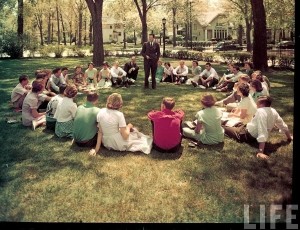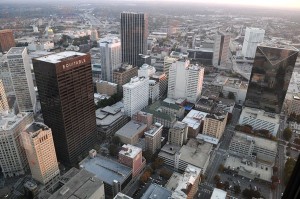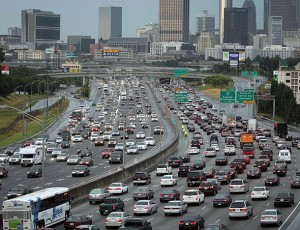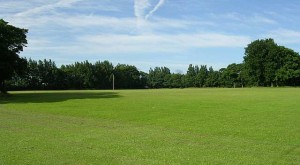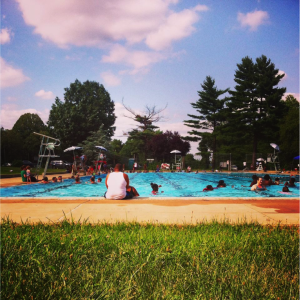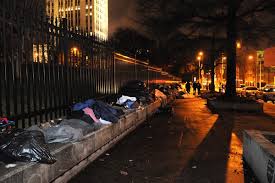
“Campus Carry is Now Law, but Isn’t in Effect Until Next Year.” SMU Daily Campus. SMU Daily Campus, 19 Apr. 2015. Web. 27 Apr. 2016.
In this article “The Real Danger of Guns in Schools”, written by Sonja West, a law professor at the University of Georgia, she discusses how the new campus-carry bill is a significant threat to the state’s colleges and universities. In the opening of this article, West speaks on a mass shooting that happened as The University of Iowa in 1991, how this shooting affected the administrators, faculty, staff, and students and how they shared this horror and grief together. She now stands on the other side of the podium teaching law. She goes on to address her stance on the campus- carry bill which is as stated: “This time, however, it is in response to our state’s legislature’s push to bring concealed weapons onto our campus and into our classrooms and offices.” The Georgia “Campus Carry” legislation Bill went through both chambers of the state legislature and sat on Gov. Nathan Deal’s desk waiting for his approval, which led to him he issuing a statement requesting a change to certain parts of the bill. The NRA urged the governor and the members to reach out to him in support of the bill while it was opposed universally by every university community.
“According to nationwide surveys, 94 percent of college faculty, 95 percent of college presidents, 9 in 10 college students oppose concealed weapons on campus.” As referenced in the article. Throughout the years campus-carry laws have gained significant political traction, this debate centers around whether guns make schools more or less safe. The real threat that West speaks of is the “evisceration of academic freedom.” West suggests for colleges and universities to be effective, instructors must be willing to discuss and teach controversial or unpopular ideas without fear of government retribution or censorship. Next, West goes on to give a brief overview of our troubling history here in the state of Georgia. She discusses how Governor Eugene Talmadge led a direct assault on the state’s institutions of higher education by declaring to fire any employees who stood for “racial equality or communism.” However, this resulted in Talmadge removing and replacing several Board of Regents employees until he had a board that would do his bidding. After one year, Talmadge’s political grab ended after several Georgia colleges and universities lost their accreditation, which led to Talmadge defeat in his run for re-election.
West concludes her article by shedding light on the bigger picture which is how guns will appear related to a school’s academic mission and that passing this law will discourage the teaching of sensitive issues and the curriculum altogether. By forcing guns onto college campuses, will only make it harder for schools to recruit and retain top students and professors. This campus-carry law would add higher costs for training, security, insurance, and counseling to address the already elevated rates among students of physical and sexual violence, depression, drug and alcohol abuse, and suicide. If the state doesn’t provide additional funding to cover these costs, this money will be taken out of the budgets for other educational purposes or collected through increased student tuition. Thus, public institutions of higher education are supposed to be places of intellectual curiosity where thought and expression are free, yet those who are duty it is to provide those freedoms advise that guns are a problem and us as citizens should listen to them. I found this article absorbing and informal because this does not only affect public colleges in the Atlanta area but throughout the state of Georgia.
West, Sonja. “Georgia’s Campus Carry Bill is Terrible.” Slate Magazine. The Slate Group, 22 Mar. 2016. Web. 27 Apr. 2016.
